Bobby Dowler / When You're Strange / 16.03 - 11.05 / 2024
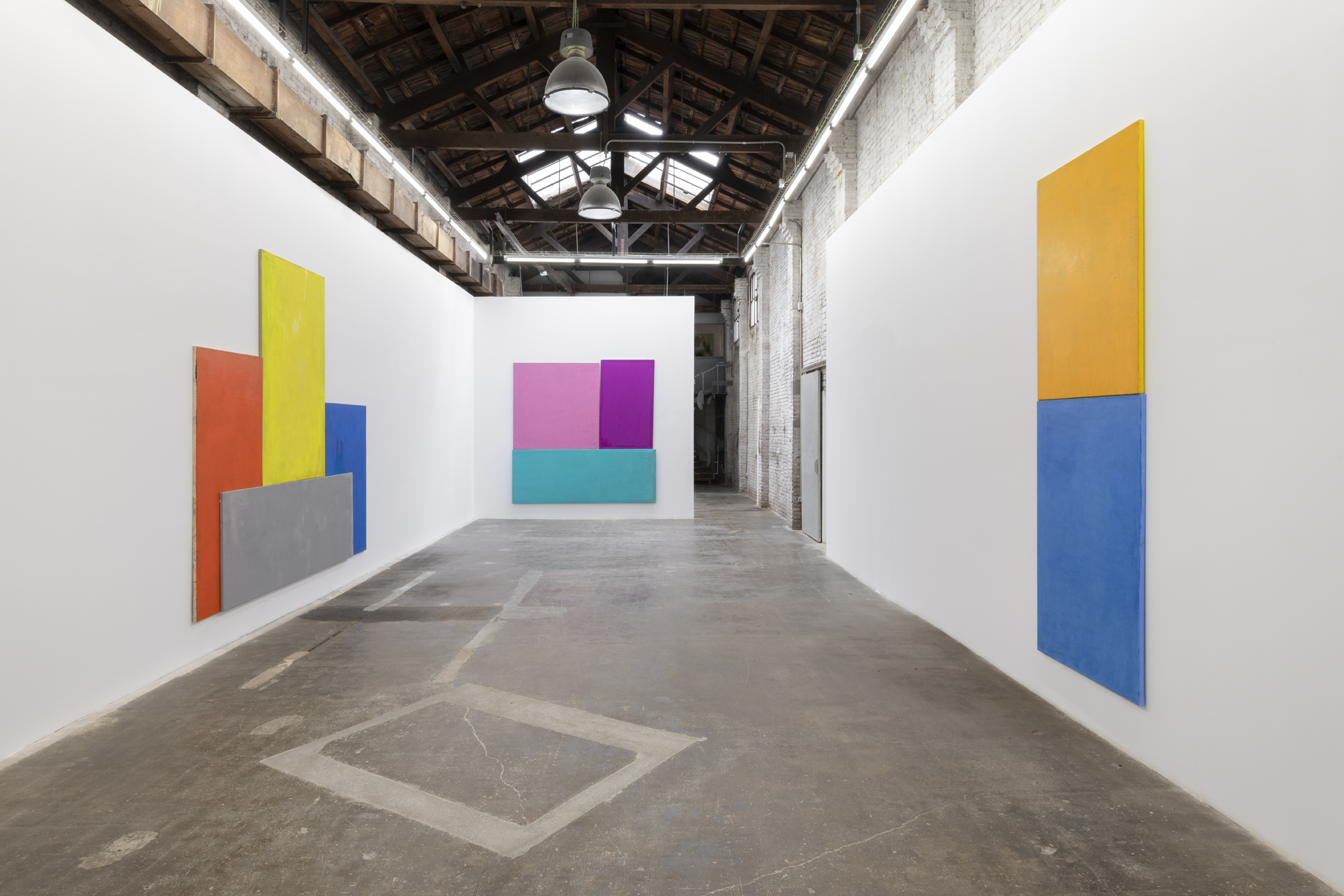
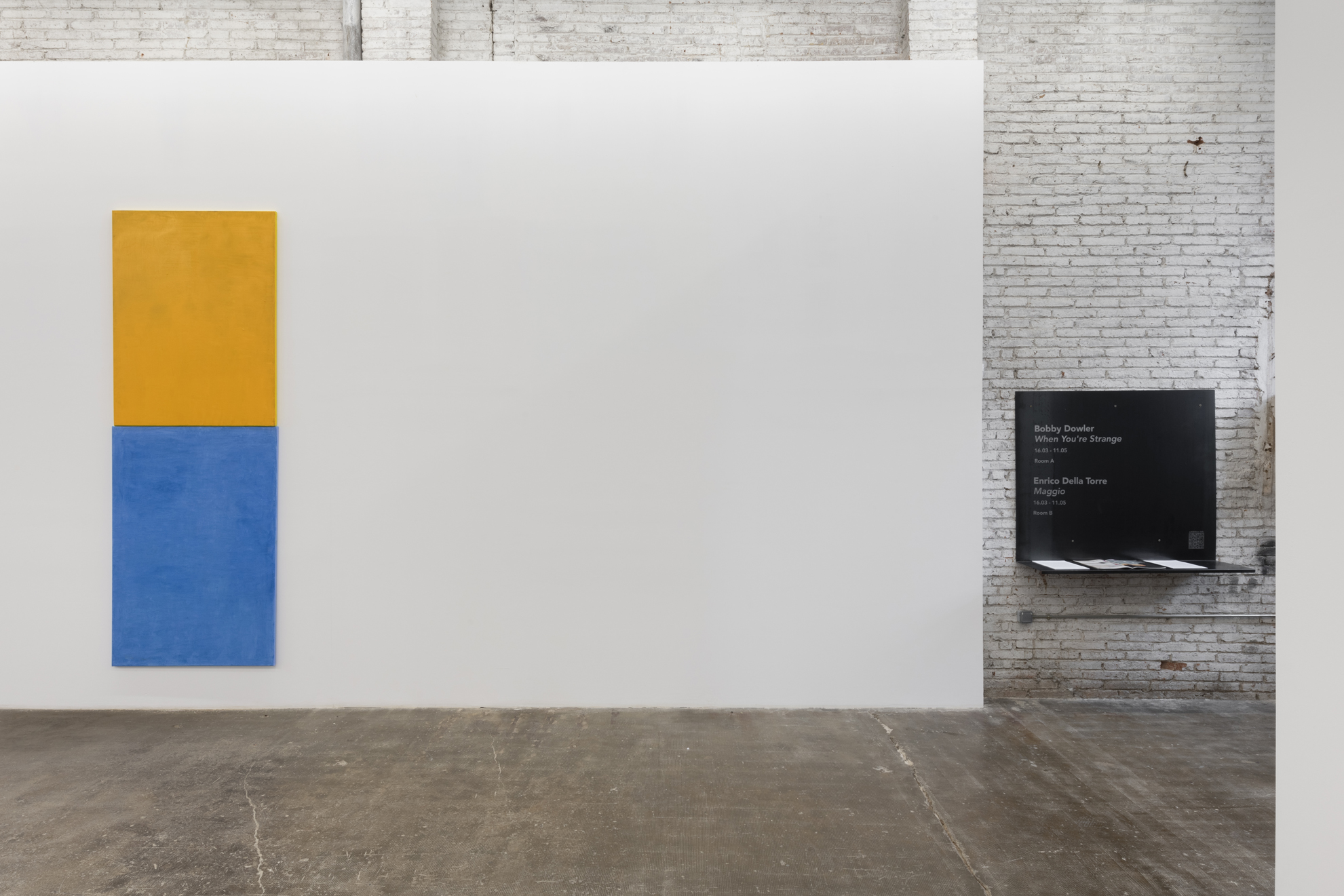
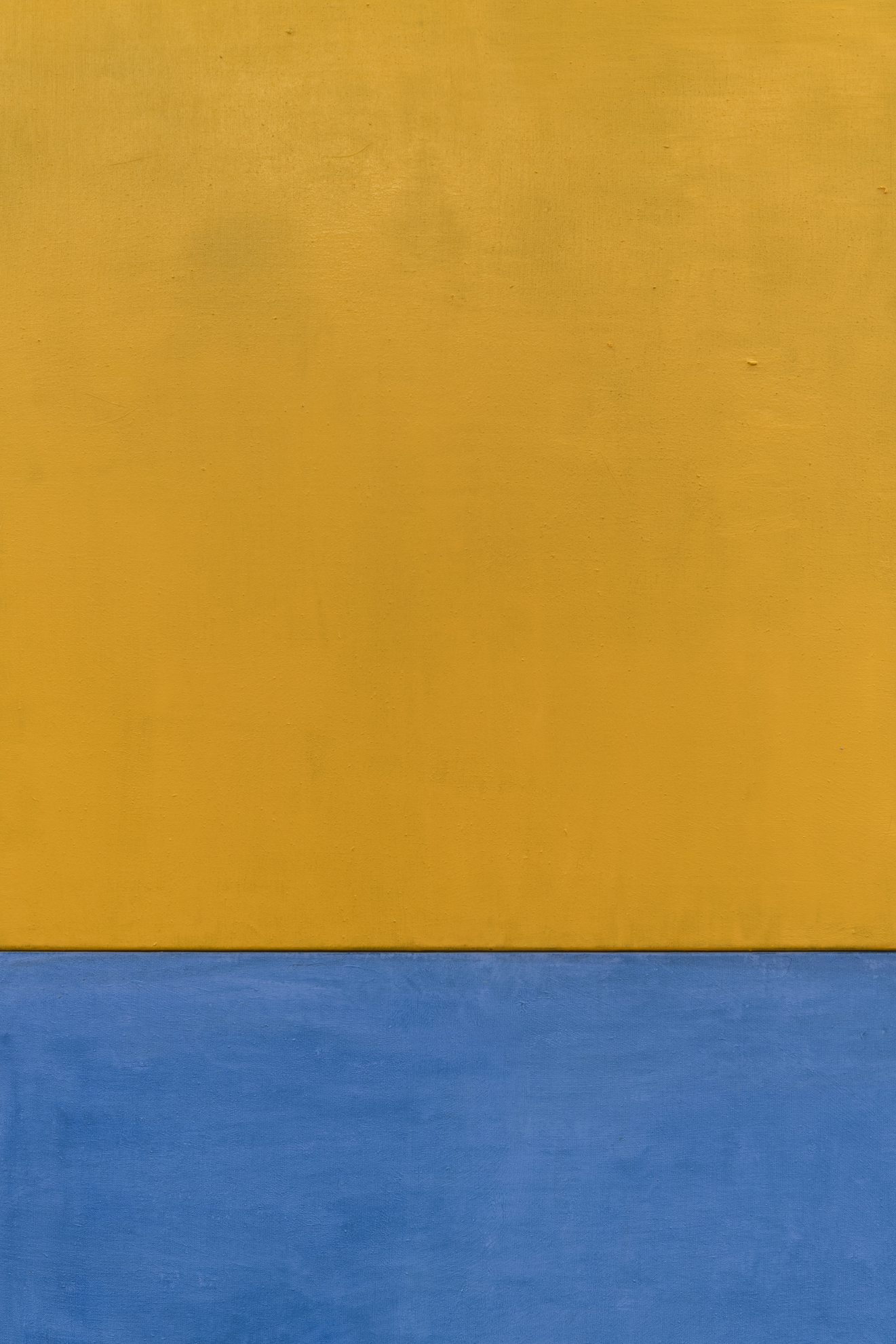
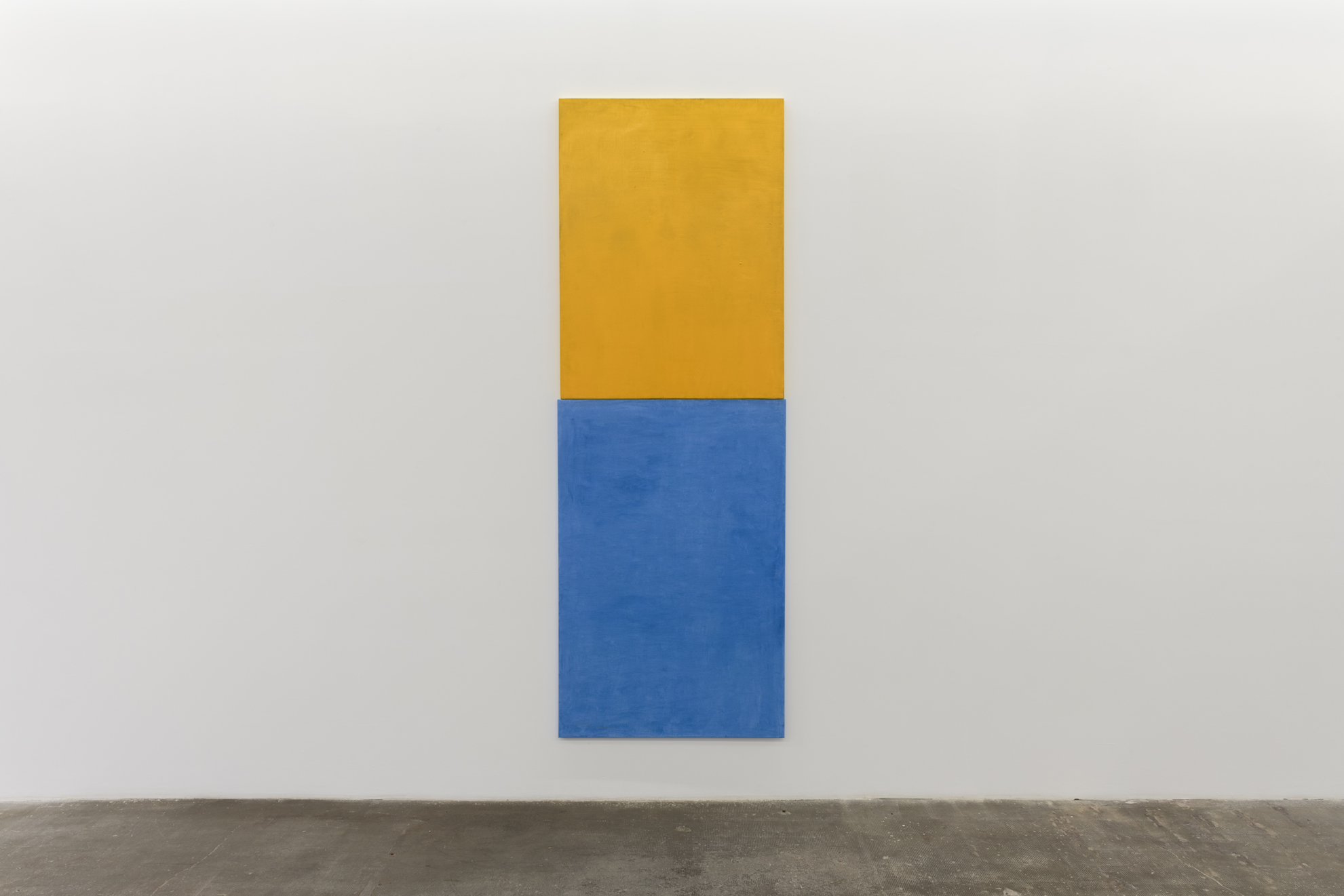

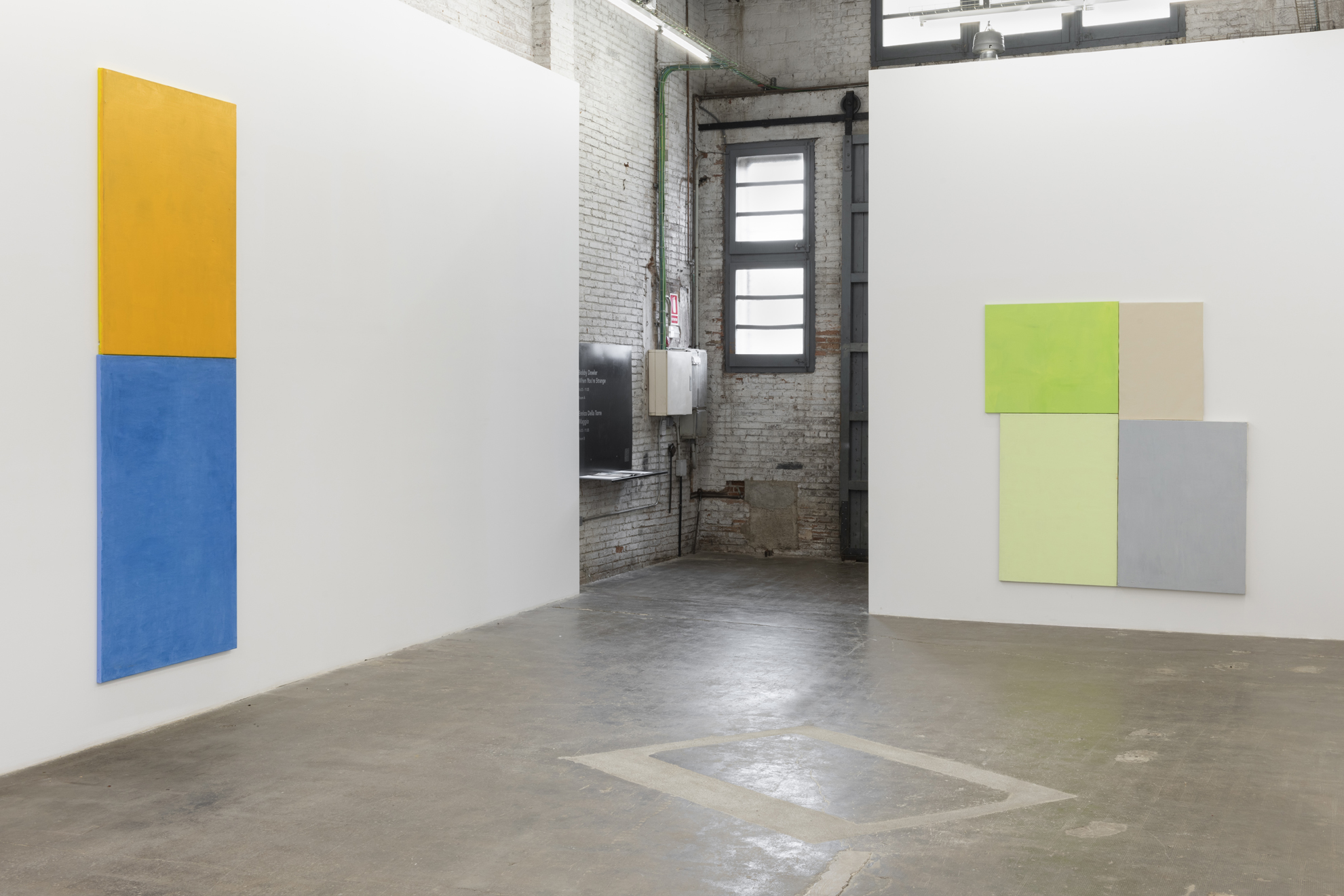
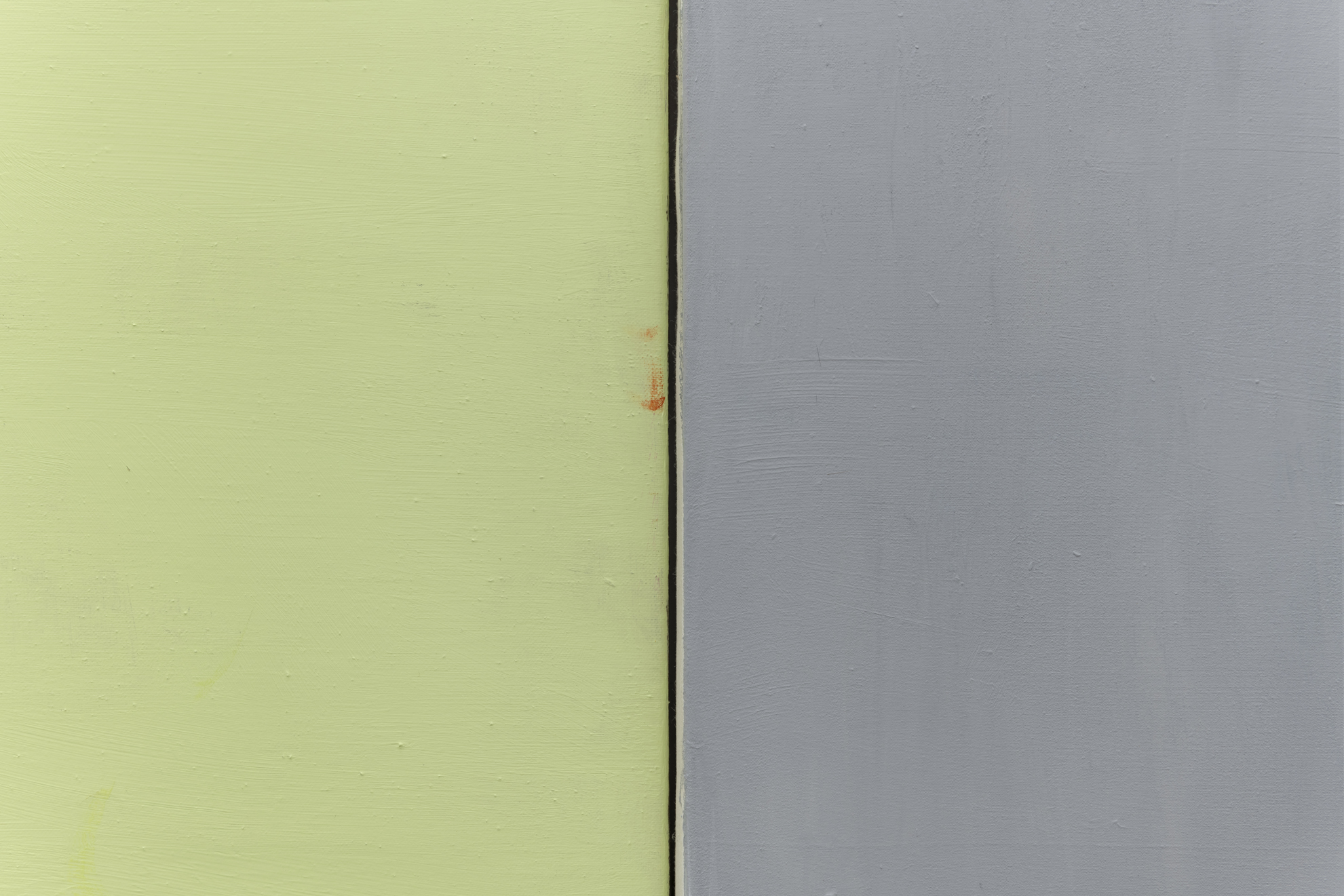
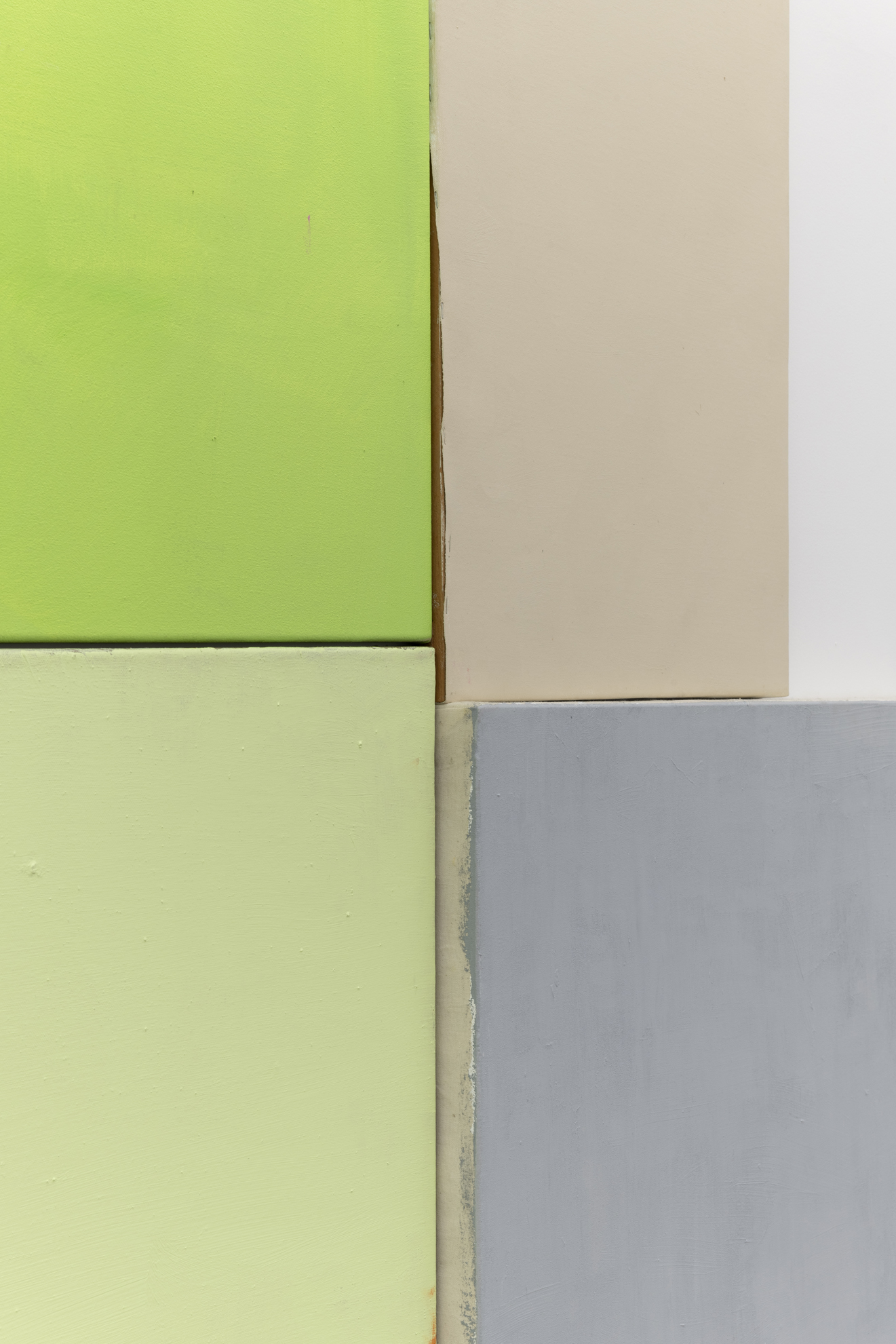
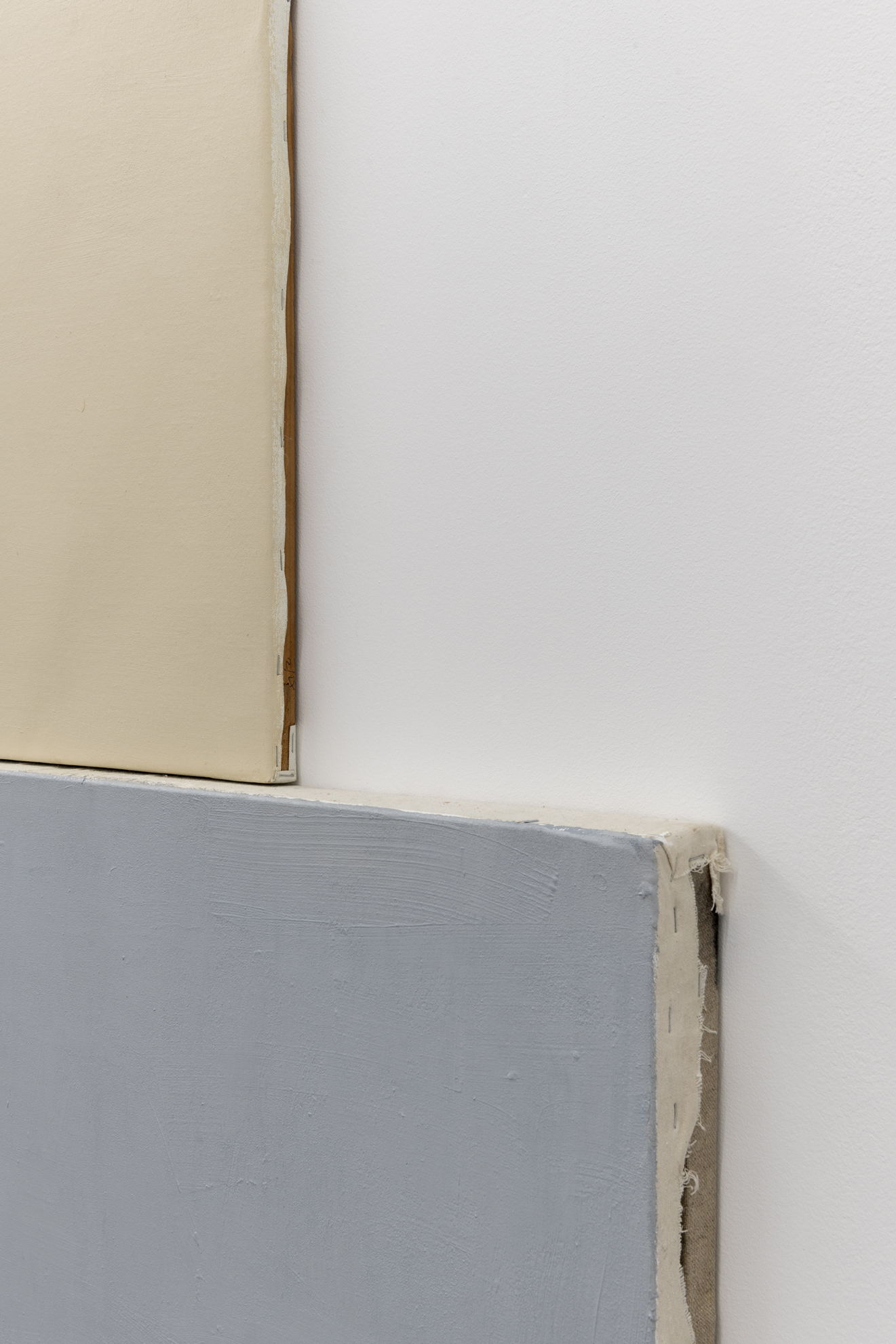
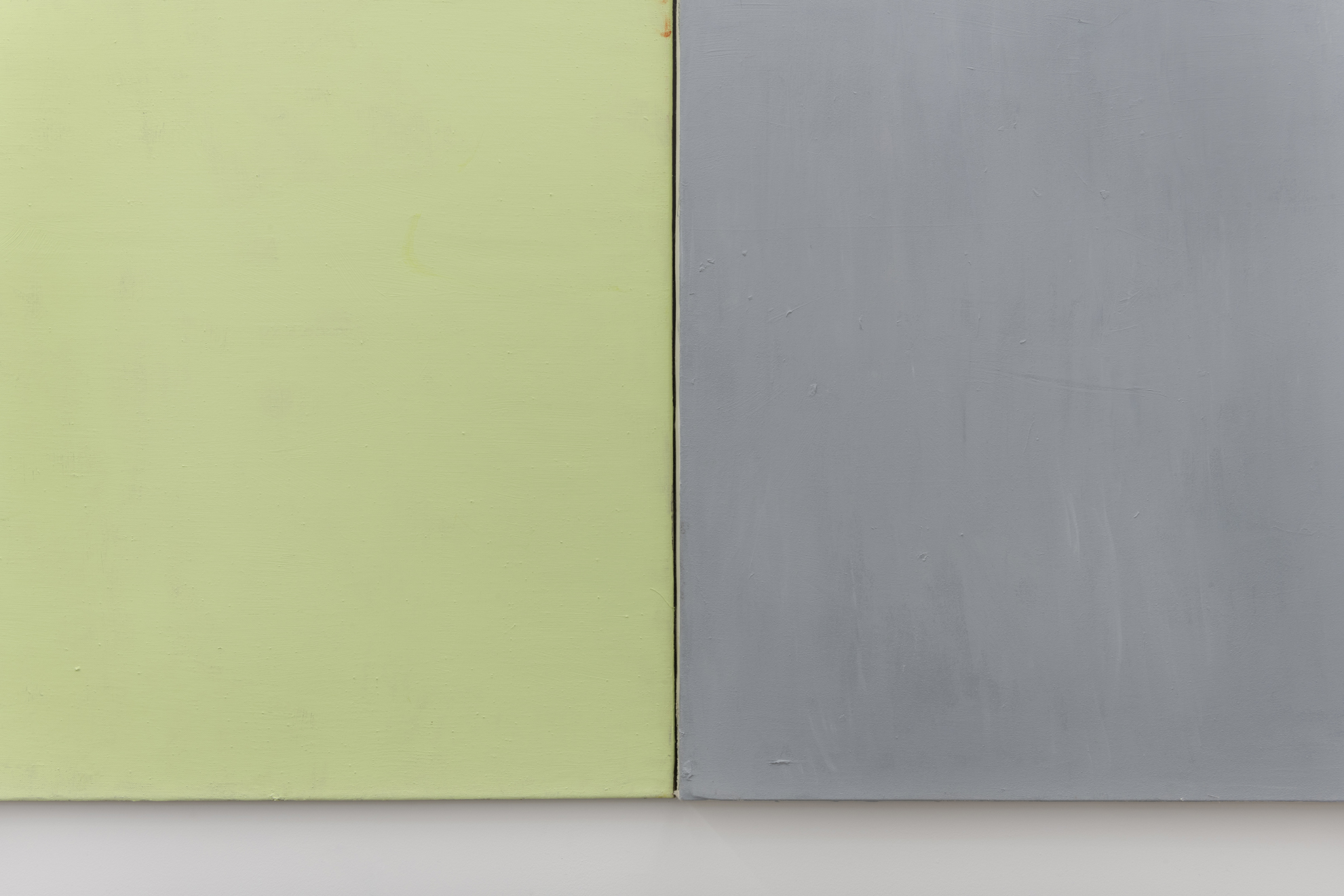
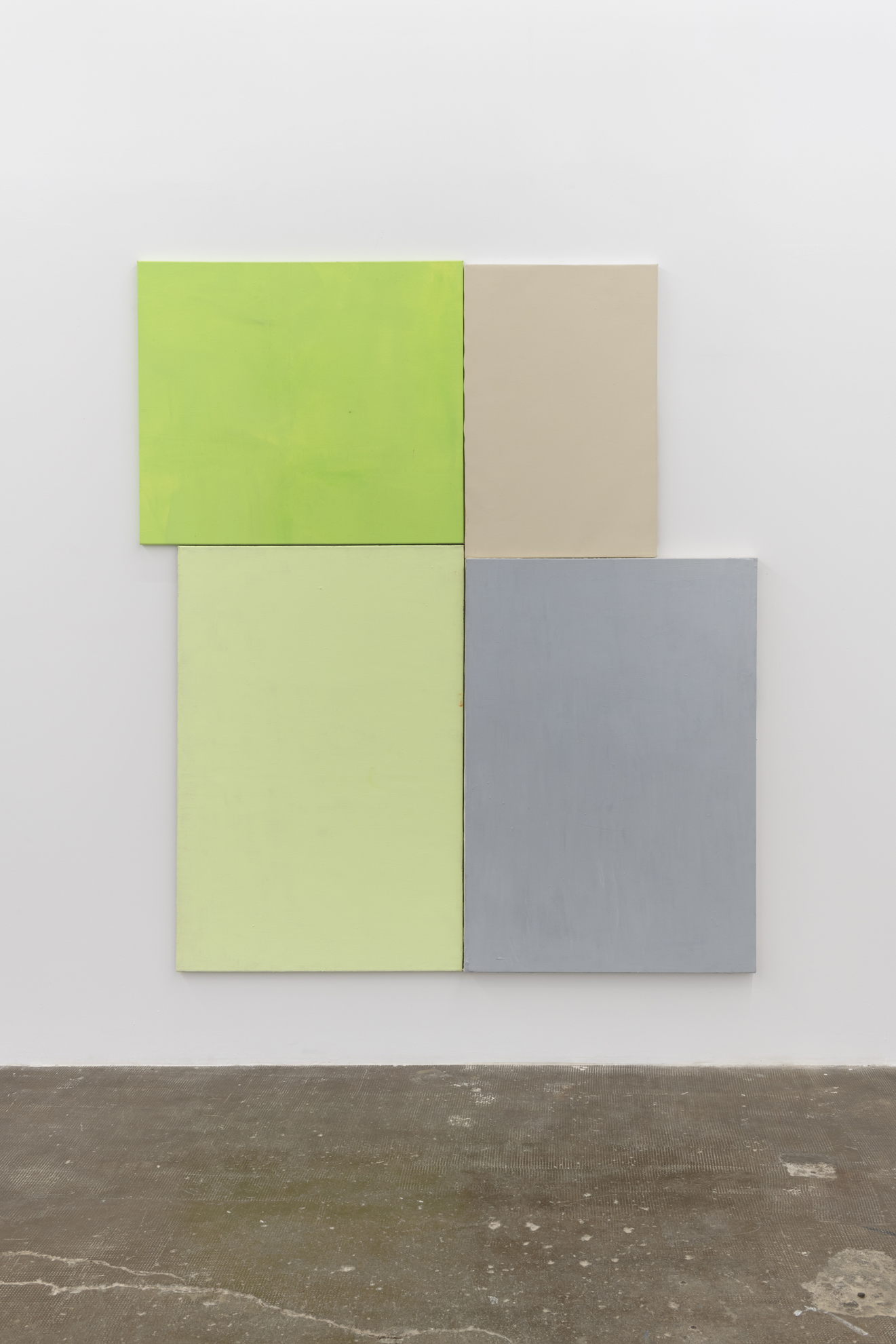
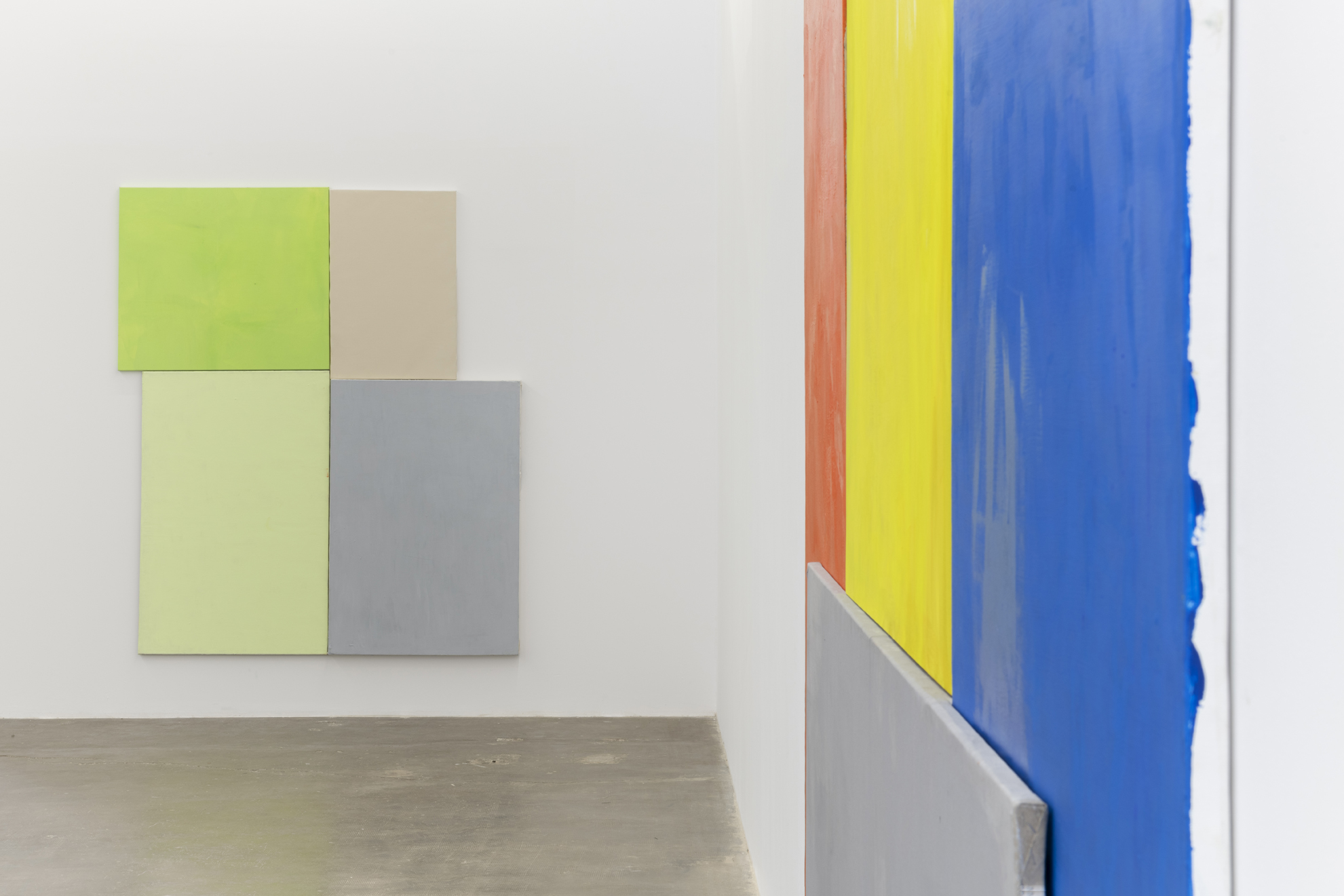
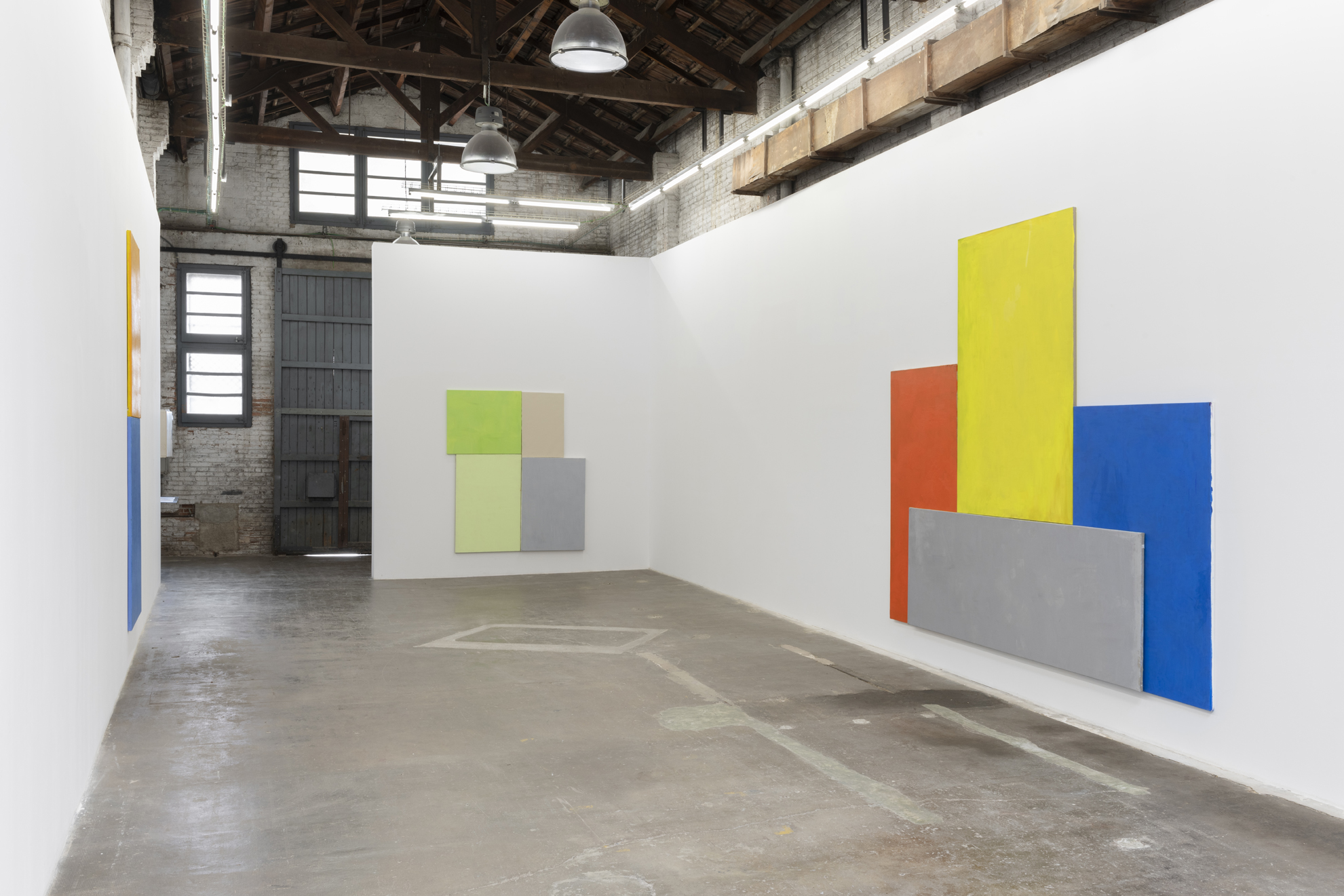
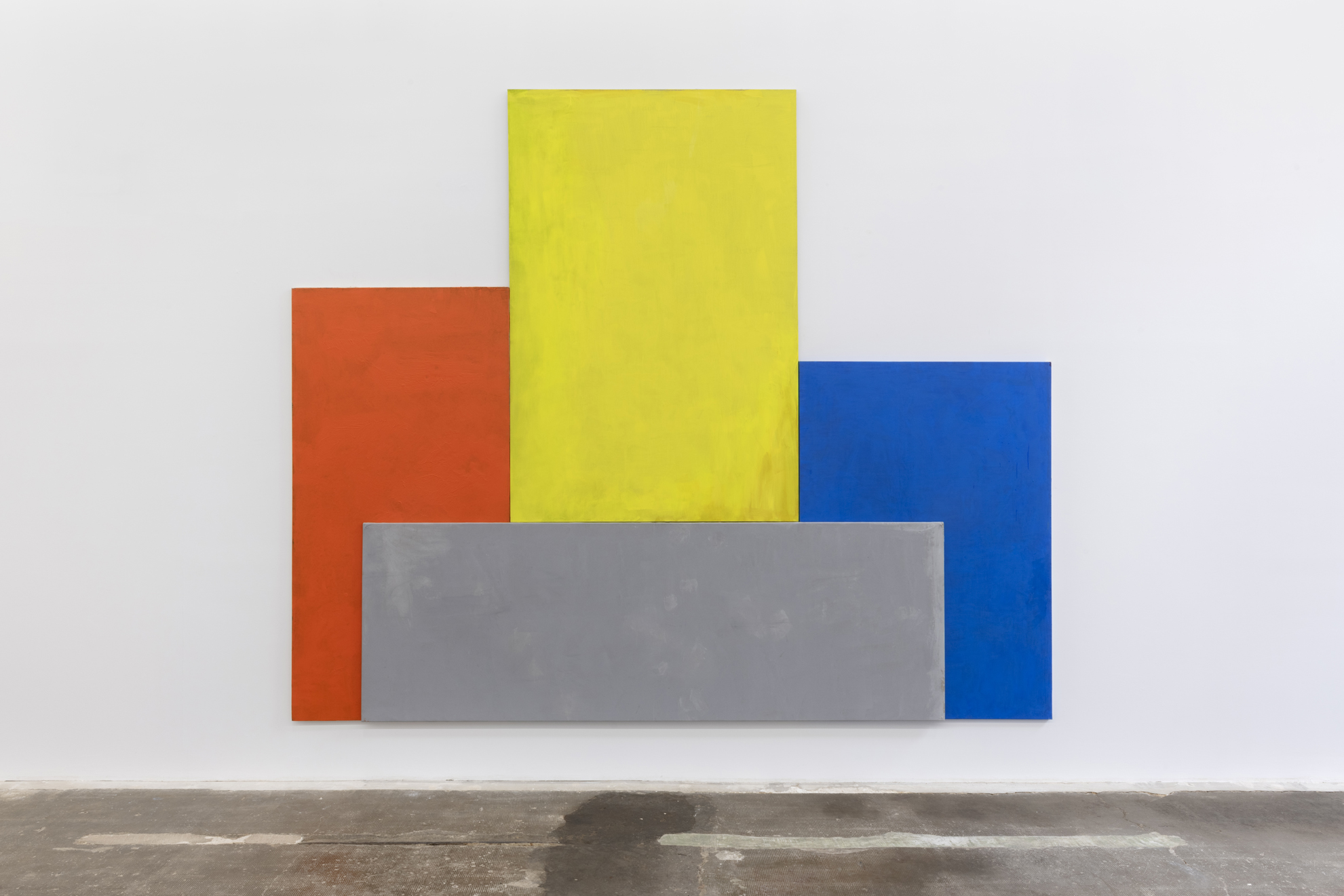
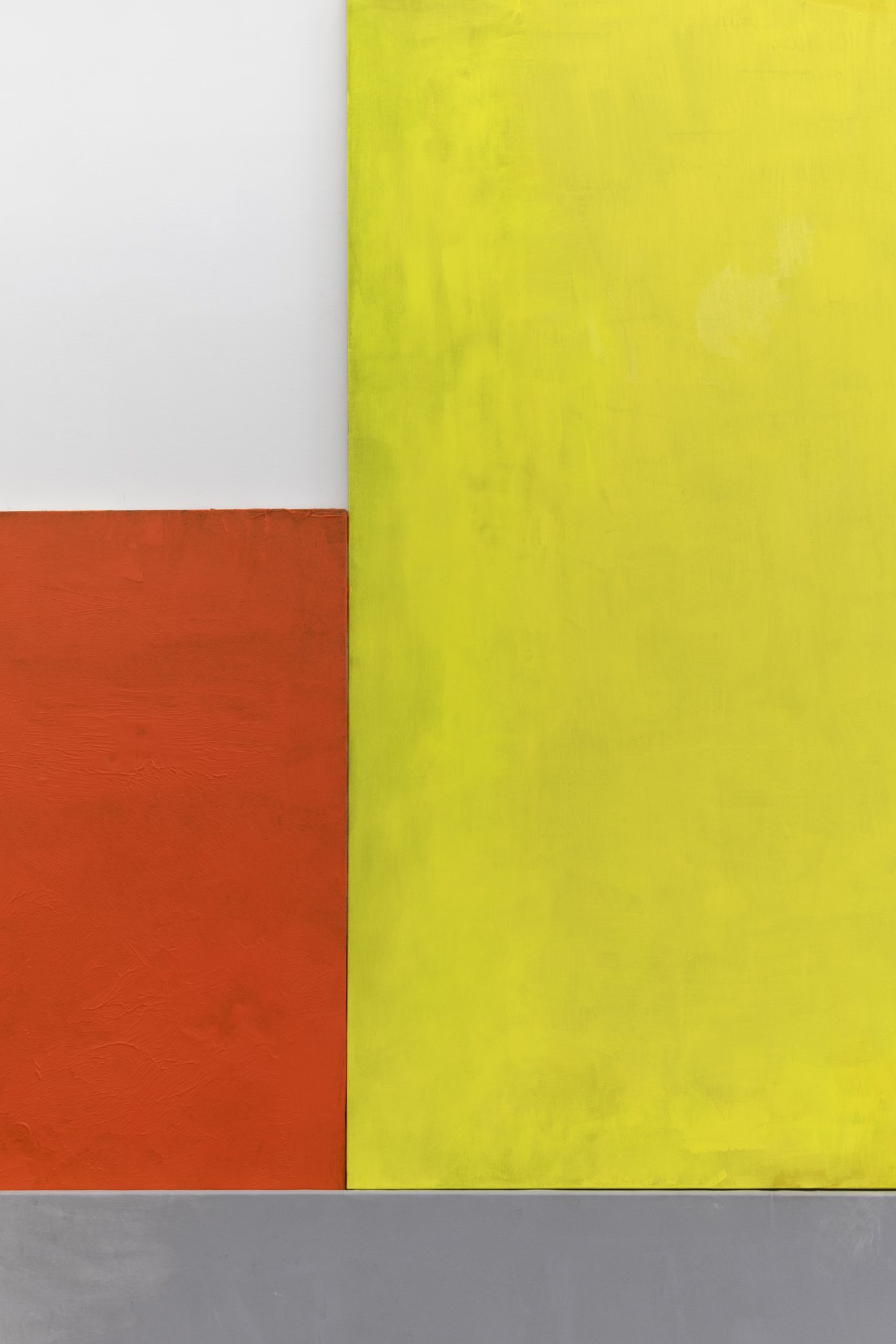
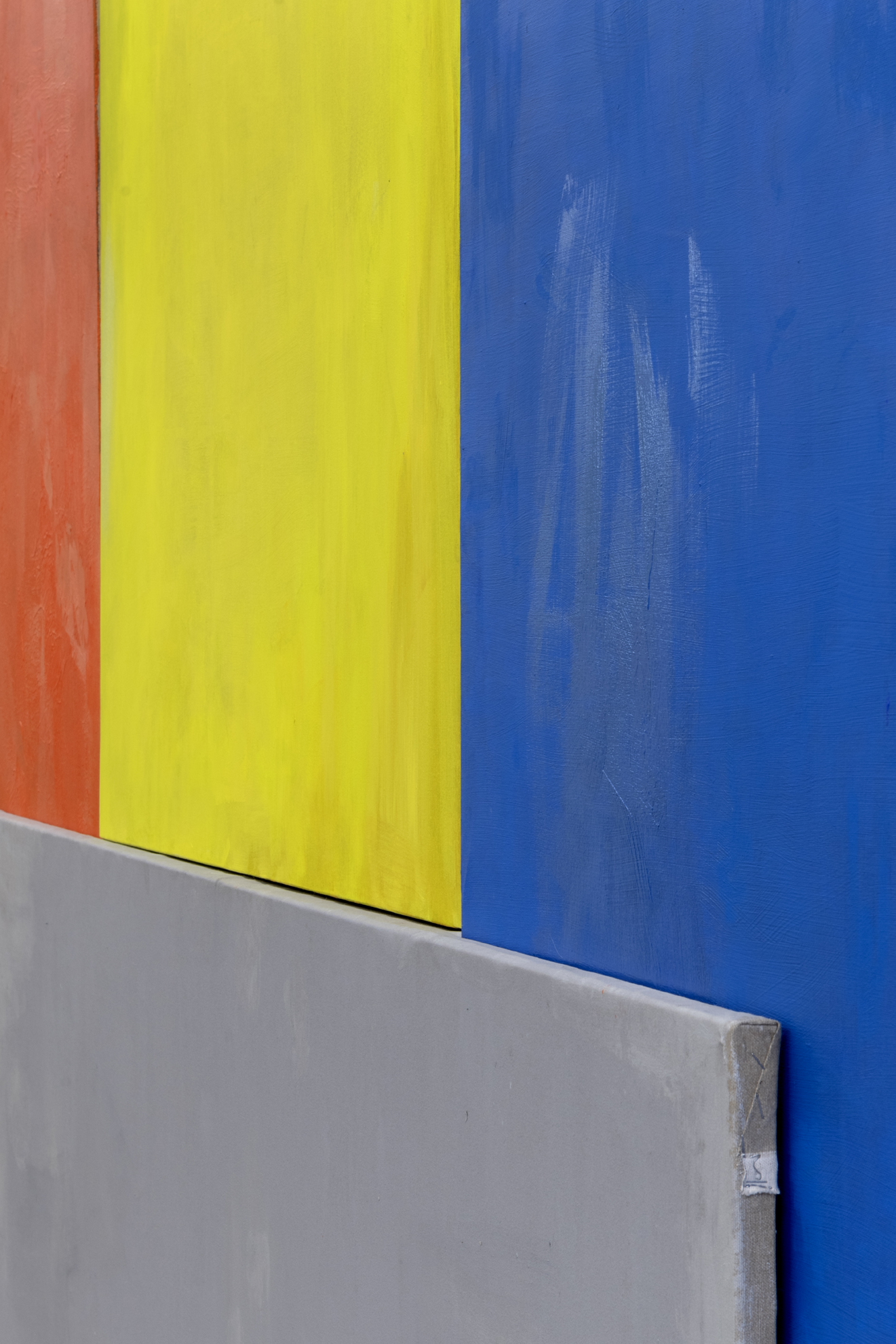
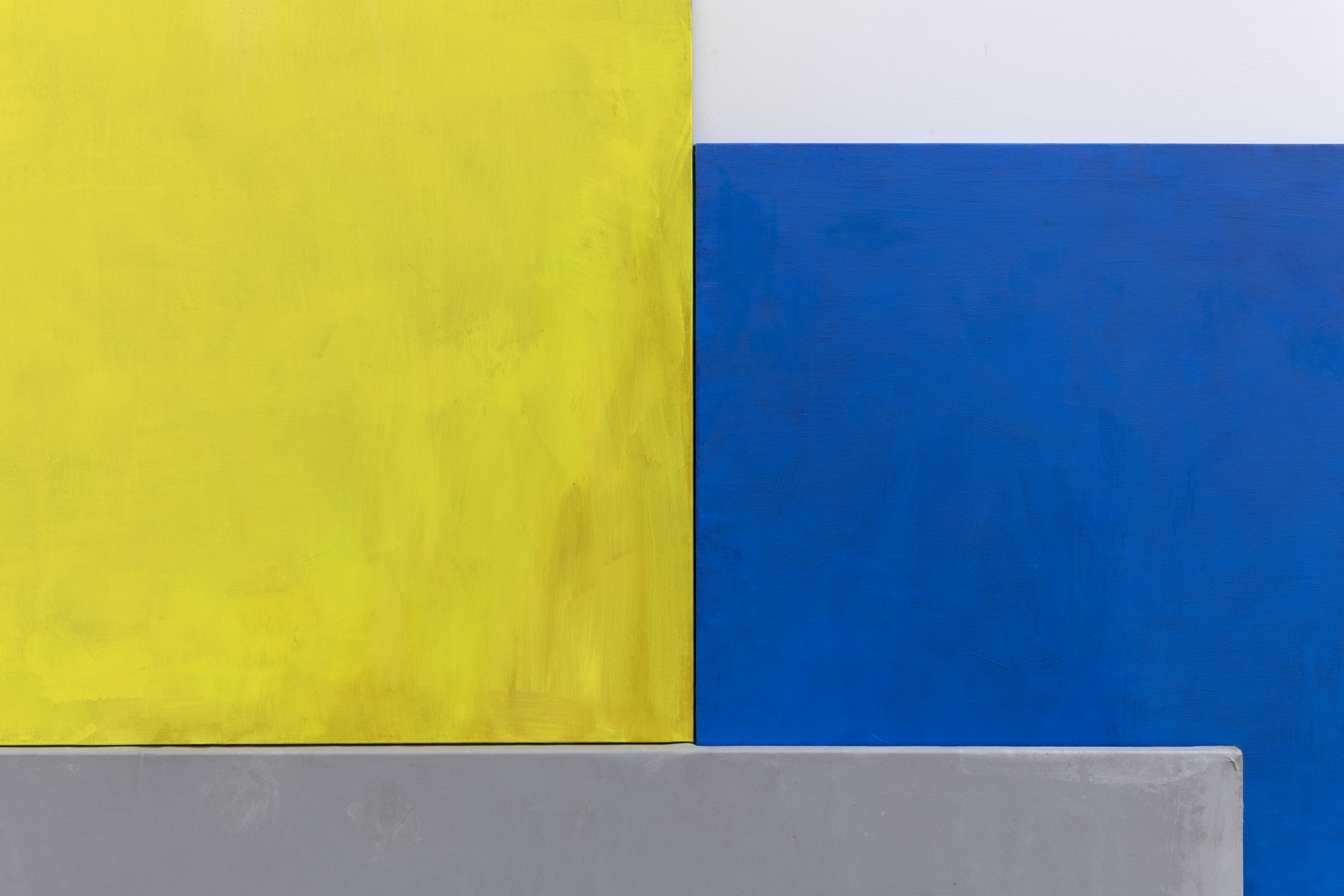
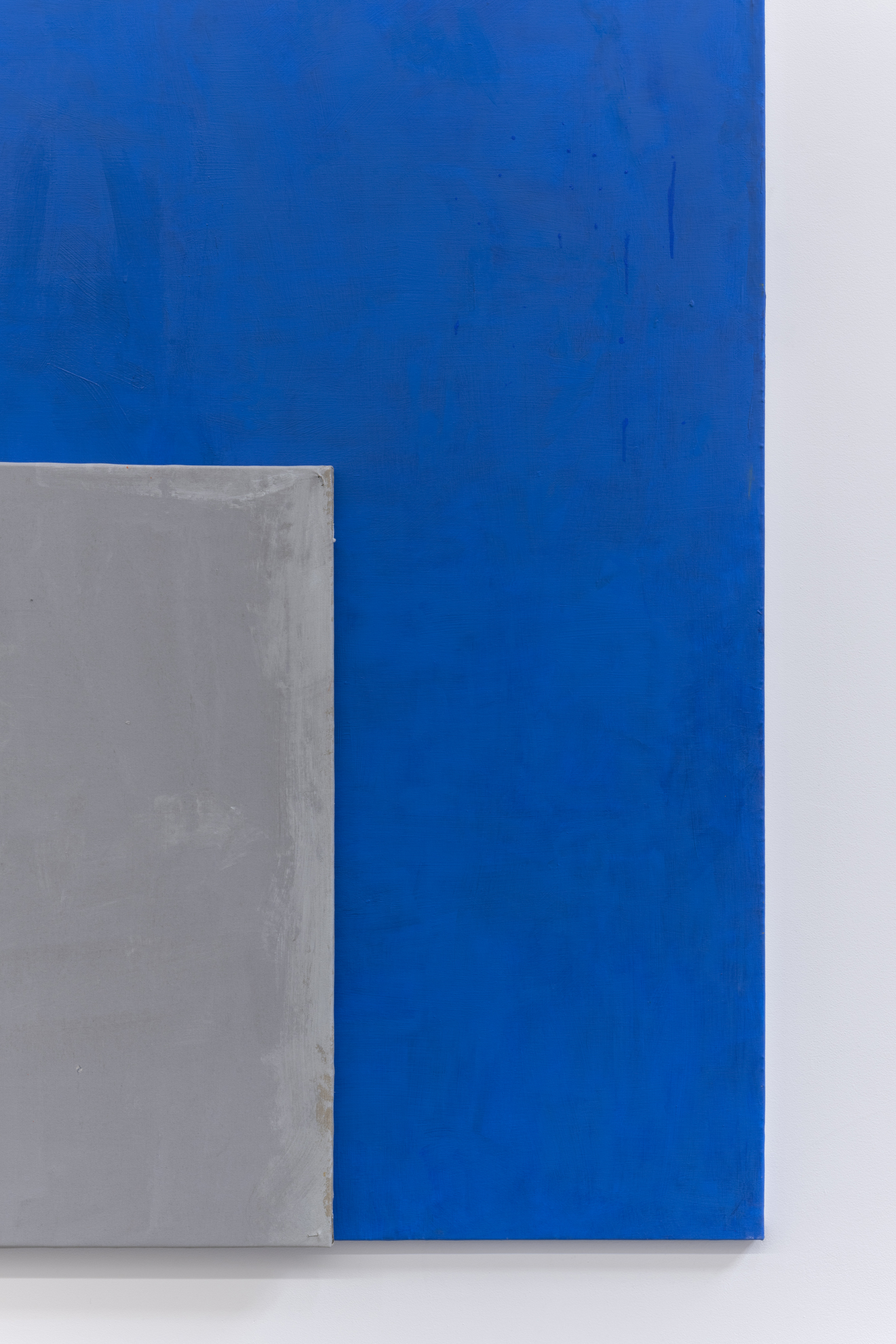
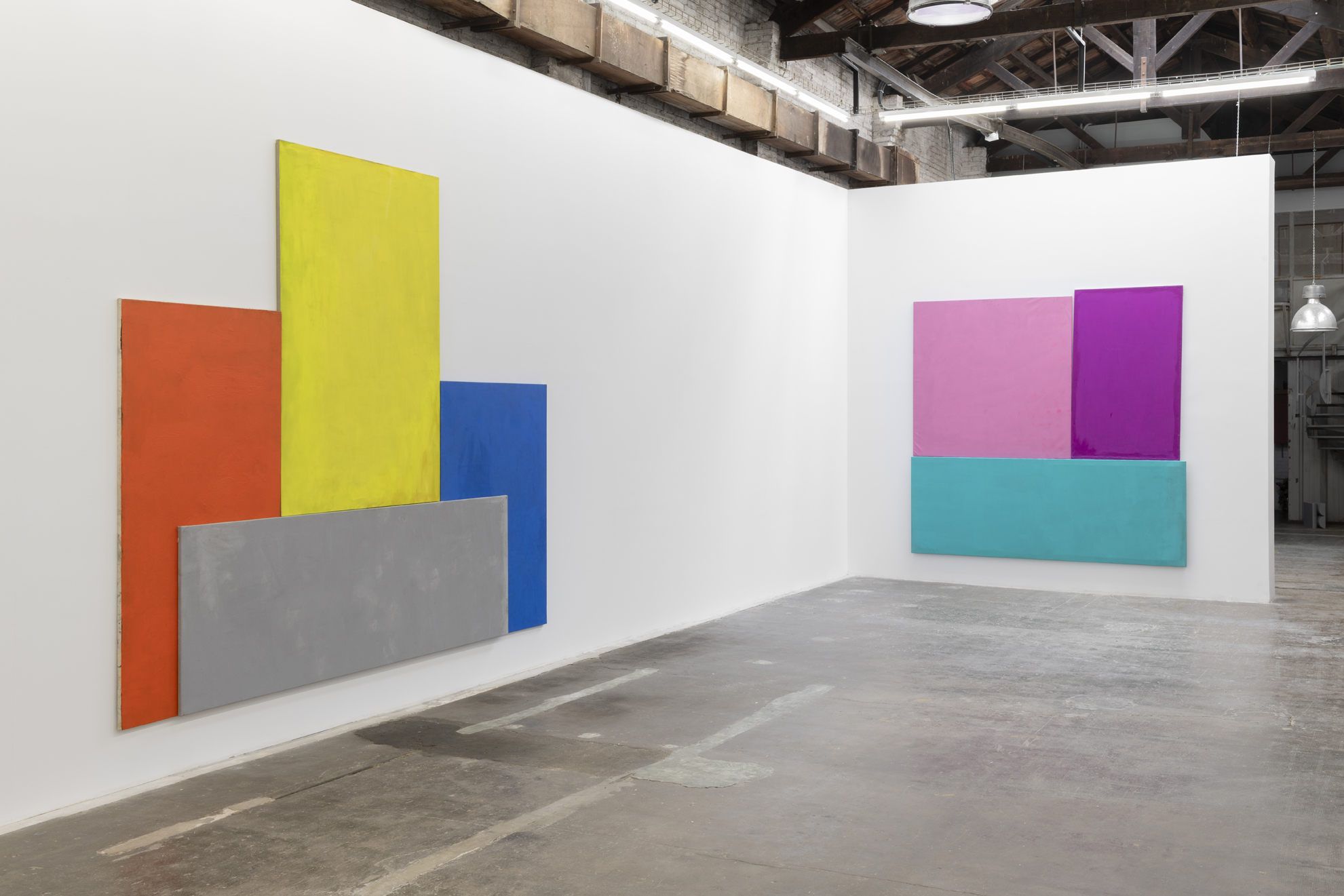
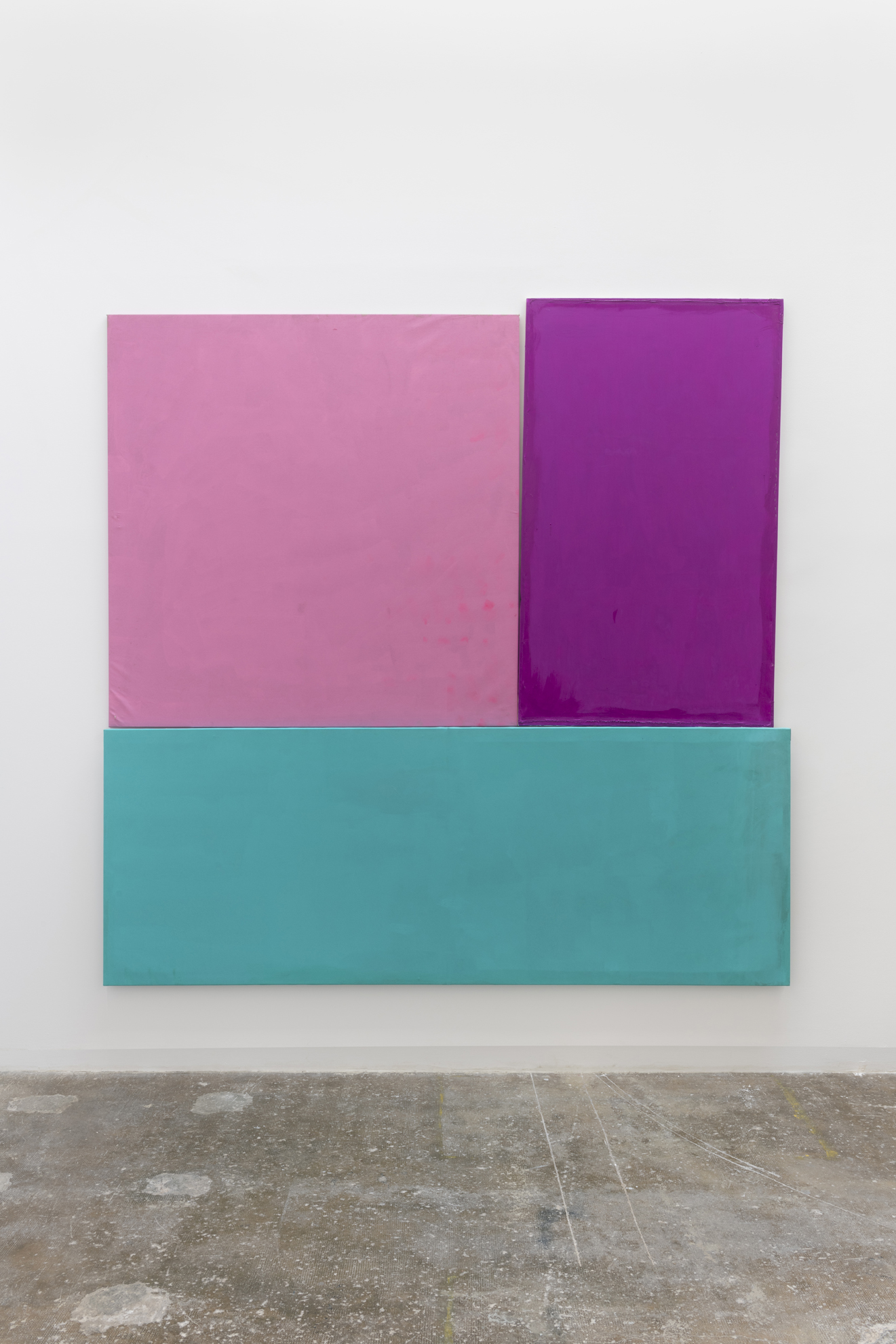
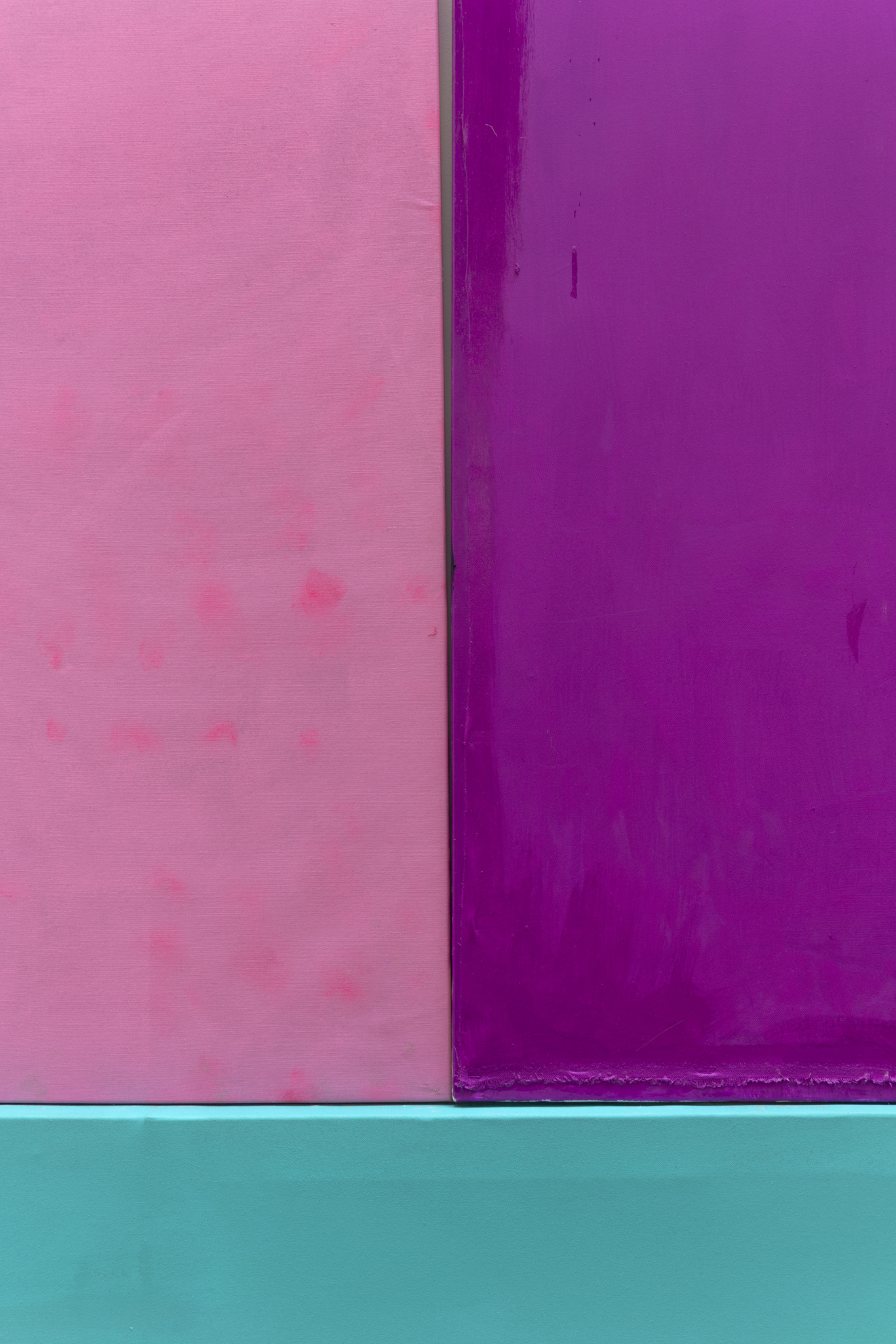
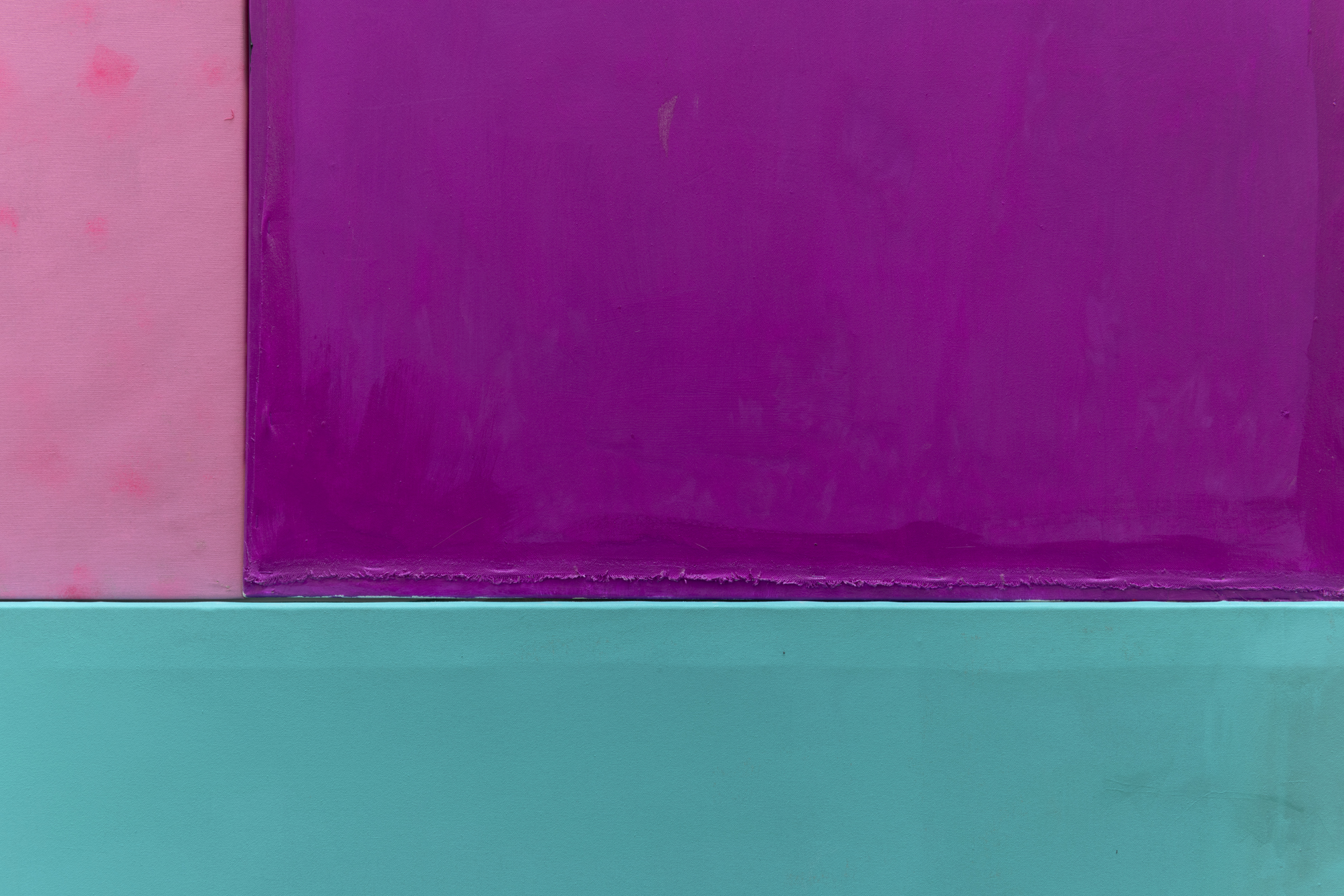
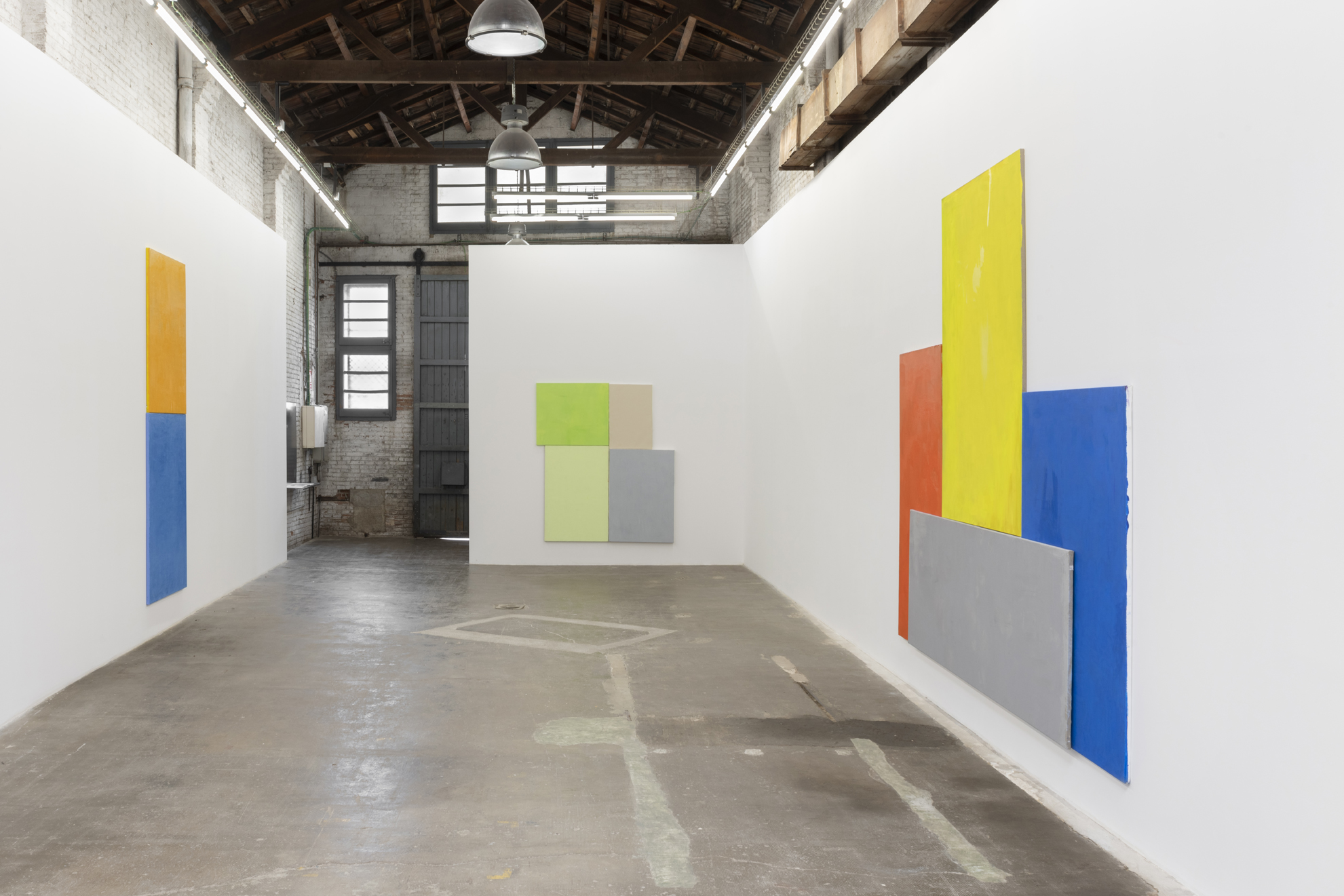
Rainer Maria Rilke published the two volumes of his New Poems a year apart, in 1907 and 1908. These books correspond to a period in the poet's life that was profoundly marked by the influence of Auguste Rodin, and they aim to offer an objective description of the contemplated object. Consequently, Rilke would call the compositions in both volumes "thing-poems", thus writing one of the earliest texts on the modern obsession with the object.
Over a century later, this obsession continues to resonate in the work of British artist Bobby Dowler (1983, London). The artistic practice of Dowler, who coined the term "painting object" to refer to his own works, has always been notable for its central focus on materiality itself. Thus, the large colour fields deployed in his work have been defined, to date, by what has already been painted on recycled canvases. A game of compositions, determined by strategies of assemblage, cutting and overlaying. His works are, primarily, things, stuff; as such, they claim a physical space of their own. The role they play as works of art can be debated, but not their presence, which imposes on the spectator much like a manifesto, a crossword or a sudden outburst.
In When You're Strange, Dowler's third exhibition at Galería Alegría, the artist seems to revel in this objectual character by creating large-format installation systems in which the colour fields are assembled unevenly. If, in previous exhibitions, it could be claimed that Dowler still linked his practice to a kind of expanded painting, on this occasion he presents panels in basic colours that are arranged much like an industrial plate, panel or tarp. The condition of being "something else", of being a fabricated thing, is the most disconcerting aspect of these pieces. Thus, the gaze cannot quite come to terms with the presence of the panels, since their edges do not coincide. The space between each canvas widens at irregular intervals, generating a somewhat odd visual effect. The squares have a subtle asymmetry that perturbs the eye, preventing it from resting at ease in the colour field.
Modernity, at least in some of its chapters, is the story of how artistic practice sought to acquire the same attributes of mastery, objectivity and precision as found in industrial culture. It did so by constructing works of art as if they were industrial objects, and, subsequently, objects for consumption. Today - now that this industrial society has revealed its own system failures - Bobby Dowler's works are a contained, laconic critique of avant-garde technical utopia. But they are also useless, ironic objects, which are nevertheless dazzling. Objects that can accept their own strangeness and defects and thus insist, with their disturbing-yet-enjoyable corporeality, on a colour field where the painted things still retain some of their poetic charge.